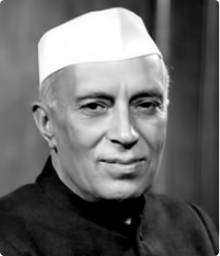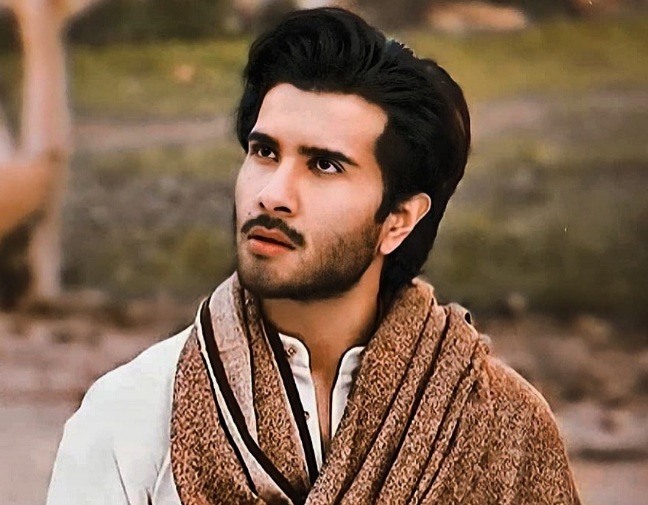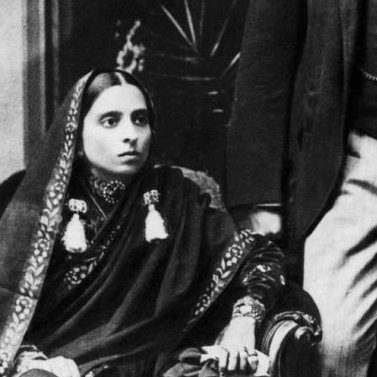Pt. Jawaharlal Nehru was brought into the world in Allabahad on November 14, 1889. He accepted his initial instruction at home under confidential guides. At fifteen years old, he went to Britain and following two years at Harrow, joined Cambridge College where he took his tripos in Inherent Sciences. He was subsequently called to the Bar from Inward Sanctuary. He got back to India in 1912 and dove straight into governmental issues. Indeed, even as an understudy, he had been keen on the battle of all countries who experienced under unfamiliar mastery. He was very interested in Ireland’s Sinn Fein Movement. In India, he was unavoidably brought into the battle for freedom.
He was a delegate to the Bankipore Congress in 1912, and in 1919, he became Secretary of the Home Rule League in Allahabad. He first met Mahatma Gandhi in 1916, and he was greatly inspired by him. He coordinated the main Kisan Walk in Pratapgarh Locale of Uttar Pradesh in 1920. In connection with the Non-Cooperation Movement of 1920–22, he was incarcerated twice.
Pt. Nehru turned into the Overall Secretary of the All India Congress Council in September 1923. He visited Italy, Switzerland, Britain, Belgium, Germany and Russia in 1926. In Belgium, he went to the Congress of Mistreated Ethnicities in Brussels as an authority representative of the Indian Public Congress. He additionally went to the 10th commemoration festivities of the October Communist Transformation in Moscow in 1927. Nehru had been instrumental in committing the Congress to the goal of independence earlier, in 1926, at the Madras Congress. In 1928, he was lathi-charged in Lucknow while leading a procession against the Simon commission. He went to the All-Party Congress on August 29, 1928, and he signed the Nehru Report on Indian Constitutional Reform, which was named after his father, Shri Motilal Nehru. That very year, he additionally established the ‘Autonomy for India Association’, which supported total severance of the English association with India, and turned into its Overall Secretary.
In 1929, Pt. Nehru was chosen Leader of the Lahore Meeting of the Indian Public Congress, where complete autonomy for the nation was embraced as the objective. In connection with the Salt Satyagraha and other movements launched by the Congress, he was incarcerated multiple times between 1930 and 1935. He finished his ‘Collection of memoirs’ in Almora Prison on February 14, 1935. After discharge, he traveled to Switzerland to see his feeble spouse and visited London in February-Walk, 1936. In addition, he went to Spain in July 1938, when the country was going through a civil war. Not long under the watchful eye of the court-break of WWII, he visited China as well.
On October 31, 1940 Pt. Nehru was captured for offering individual Satyagraha to challenge India’s constrained cooperation in war. He was delivered alongside different forerunners in December 1941. Pt. On August 7, 1942 Nehru moved the noteworthy ‘Quit India’ goal at the A.I.C.C. meeting in Bombay. On August 8,1942 he was captured alongside different pioneers and taken to Ahmednagar Stronghold. This was his longest and furthermore his last confinement. Altogether, he endured detainment multiple times. He organized legal representation for those INA officers and men accused of treason after his release in January 1945. In Walk 1946, Pt. Nehru visited South East Asia. He was chosen Leader of the Congress for the fourth time on July 6, 1946 and again for three additional terms from 1951 to 1954.



